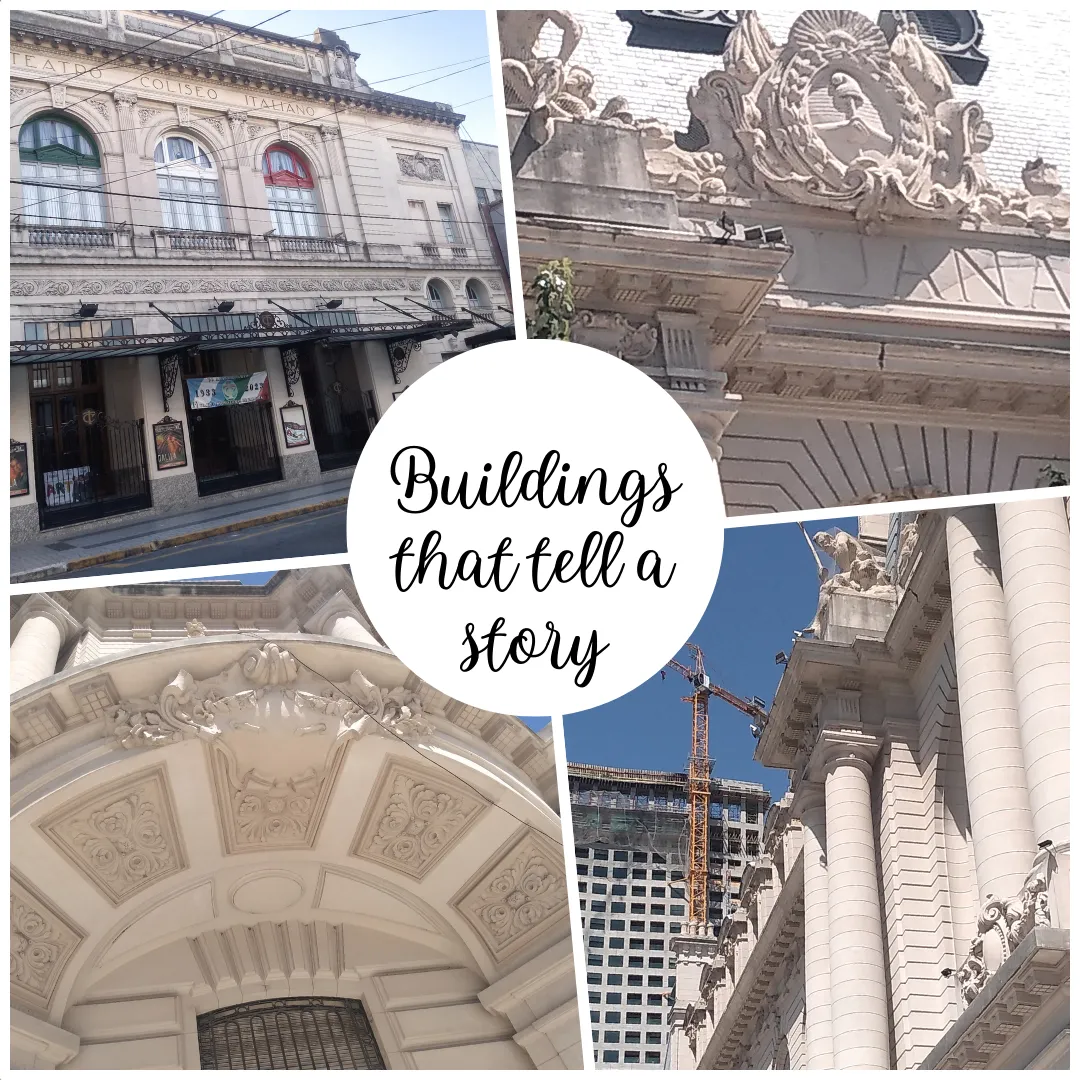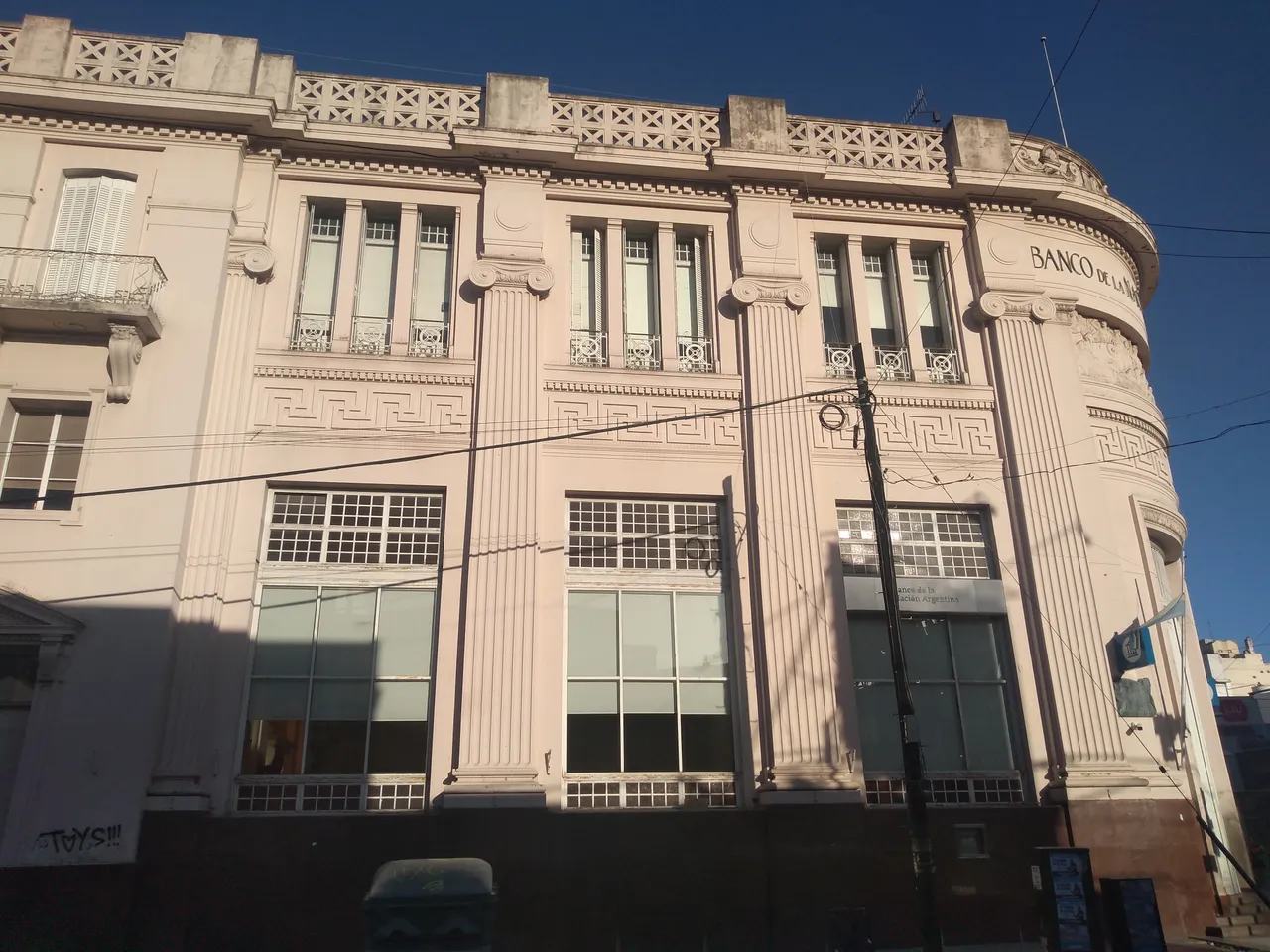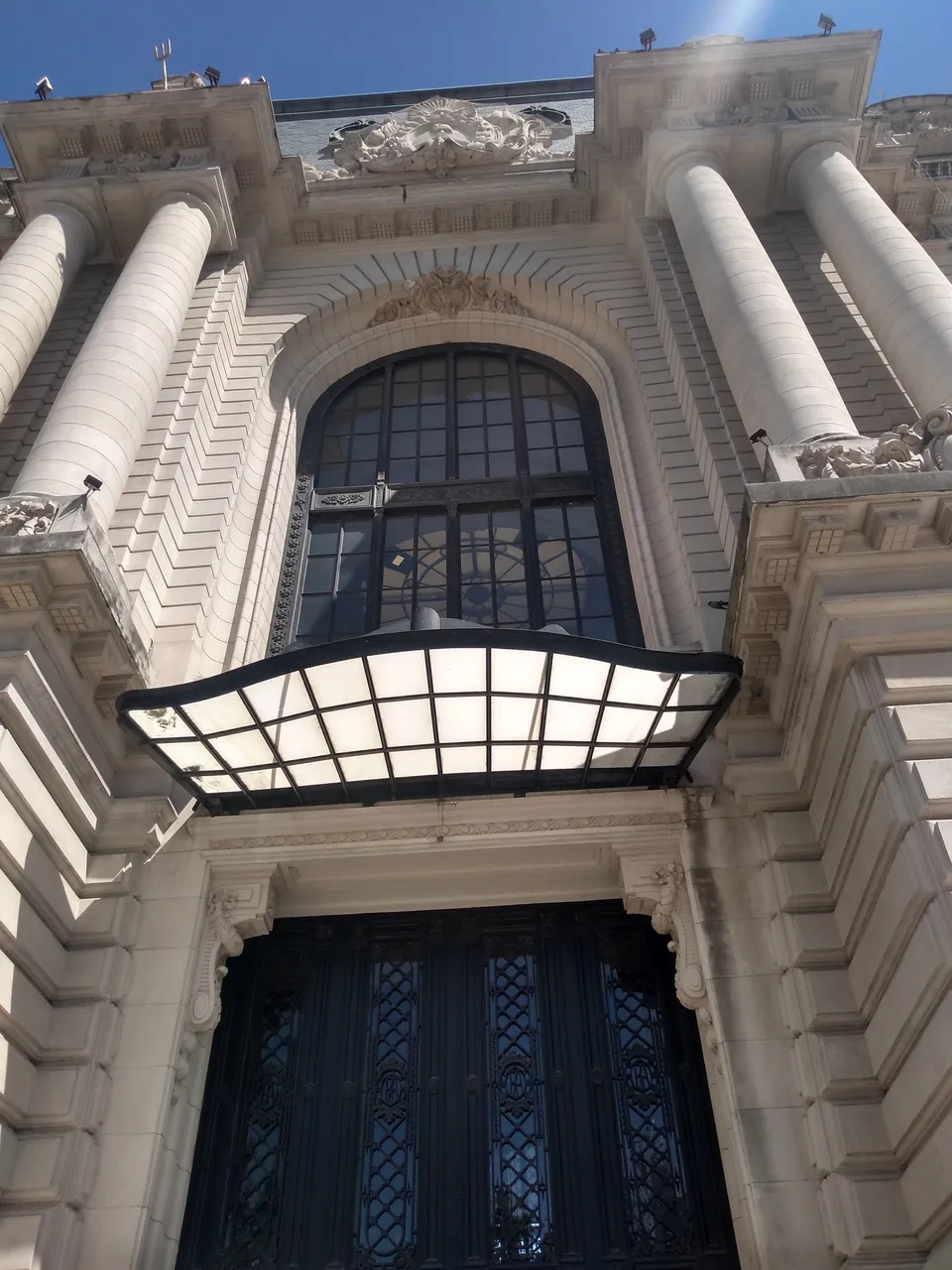
Cuando pensamos en la historia, probablemente nuestra mente se vaya hacia recordar las hazañas de los próceres, a la época de colonización o en su defecto, a las clases en la escuela mientras nos hacían repetir sin cesar la lección del día.
Sin embargo, la historia está presente todos los días, ya que los sucesos que recién acontecieron también son parte de ella. Lo malo es que quienes se dedican a documentarla, puede que en algún momento intenten sobre escribirla y esconder lo sucedido en tiempos remotos, cuando en realidad eso es imposible... o no?

En mis paseos por ciertas partes de Buenos Aires, me he dedicado a documentar la hermosa arquitectura de muchos edificios que no solo son antiguos, sino también muy bien conservados. Y por supuesto, la pregunta viene a mi cabeza. ¿Quiénes fueron los conquistadores de este país en épocas pasadas?
No por ignorancia, ya que conozco sobre las luchas en contra del Imperio Español en toda esta zona de Suramérica, salvo el caso de Brasil quienes libraron sus batallas contra Portugal, pero es que siendo venezolana, inevitablemente entra el punto de comparación entre lo que cada país decidió conservar de aquel entonces.

Teatros, bancos, edificios gubernamentales y residenciales, ostentan de esa arquitectura cargada de ornamentos y diseños únicos, que probablemente a los jóvenes no les llame mucho la atención, pero para otros, son el reflejo de lo que fue la ciudad en sus inicios.
Recuerdo en parte esas conversaciones con mi papá, cuando ibamos de vacaciones a la ciudad donde él nació y nos contaba, aquí estaba la única tienda grande del pueblo y lo que yo veía era un enorme centro comercial, por lo que difícilmente podía descifrar la imagen que se dibujaba en su memoria cuando hablaba de su infancia.

Pero en el caso de Buenos Aires, la historia cambia. Y eso gracias a la conservación de estas hermosas estructuras, que han recibido su justo valor, sin quitarle el paso a la modernidad y la utilización de nuevos diseños y materiales. Eso es simplemente, genial!
Quizás las fotos no le hagan el honor a la belleza de cada uno de estos edificios, pero igual nos muestran lo grandioso e imponente que son en cada una de sus fachadas, y en algunos casos, en su interior están igualmente conservados.

Caso contrario de lo que sucedió en Caracas, la capital venezolana, en donde más de una vez fui testigo de la demolición de algún edificio en el centro de la ciudad, para darle paso a edificios de oficinas, centros comerciales u otras estructuras que ni remotamente se acercan a la estética de la estructura que en lugar de restaurar, se dedicaron a destruir.
Por eso cada vez que puedo, aplaudo y admiro la belleza de esos años que se conservan en cada esquina de la ciudad, por ser un libro abierto sobre la historia y los recuerdos de quienes antecedieron la sociedad argentina.

When we think about history, our mind probably goes to remembering the feats of the heroes, to the colonization era or, failing that, to the classes in school while they made us repeat the lesson of the day over and over again.
However, history is present every day, as the events that have just occurred are also part of it. The downside is that those who dedicate themselves to documenting it may at some point try to overwrite it and hide what happened in remote times, when in reality that is impossible... or not?

During my walks through certain parts of Buenos Aires, I have dedicated myself to documenting the beautiful architecture of many buildings that are not only old but also very well preserved. And of course, the question comes to my mind. Who were the conquerors of this country in past times?
Not out of ignorance, since I know about the struggles against the Spanish Empire in this whole area of South America, except for the case of Brazil who fought their battles against Portugal, but being Venezuelan, inevitably the point of comparison enters my mind between what each country decided to preserve from those times.

Theaters, banks, government and residential buildings boast that architecture filled with ornaments and unique designs, which probably doesn't attract the attention of young people much, but for others, they are a reflection of what the city was in its beginnings.
I remember those conversations with my dad, when we went on vacation to the city where he was born and he told us, here was the only big store in town and what I saw was a huge shopping center, so I could hardly decipher the image that was drawn in his memory when he talked about his childhood.

But in the case of Buenos Aires, history changes. And that is thanks to the preservation of these beautiful structures, which have received their fair value, without hindering the path to modernity and the use of new designs and materials. That is simply awesome!
Perhaps the photos do not do justice to the beauty of each of these buildings, but they still show us how grand and imposing they are on each of their facades, and in some cases, their interiors are equally well-preserved.

On the contrary of what happened in Caracas, the Venezuelan capital, where more than once I witnessed the demolition of a building in the city center, to make way for office buildings, shopping centers or other structures that do not even come close to the aesthetics of the structure that, instead of restoring, they dedicated themselves to destroying.
That's why every time I can, I applaud and admire the beauty of those years that are preserved on every corner of the city, being an open book about the history and memories of those who preceded Argentine society.
Foto/Photo by: @mamaemigrante
Edición/Edited by @mamaemigrante using canva
Gif realizado con/gif made with Canva with a video made for me with my Motorola E5 cellphone
Translated and formatted with Hive Translator by @noakmilo.

